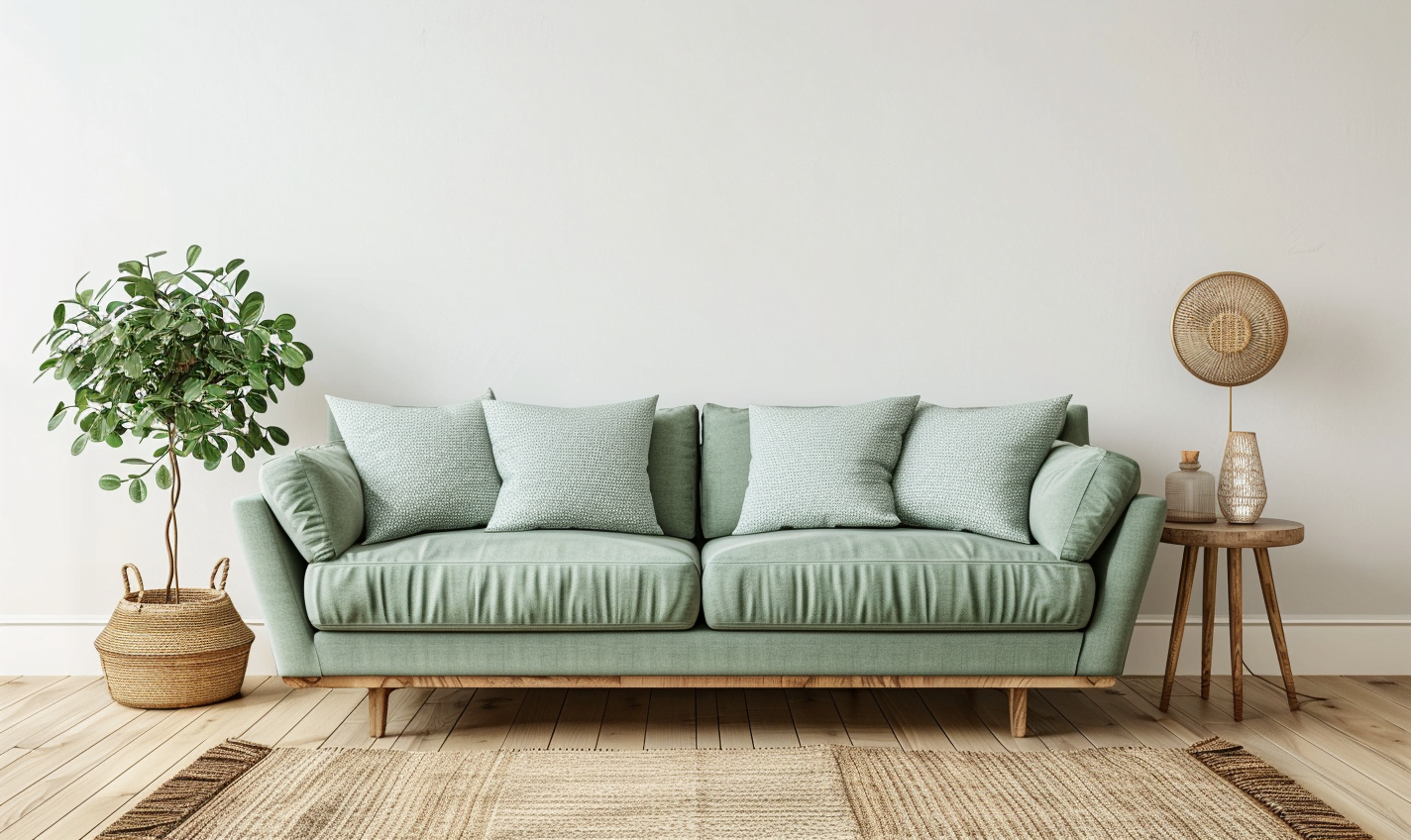Are you unsure where to begin with designing your home and want to give it a go yourself? Here are some top tips to consider when starting your design journey…
Measure and Draw Your Room to Scale
Start by measuring your room accurately and drawing it to scale. This will help you visualise the space and plan effectively. Knowing the exact dimensions ensures that your furniture and decor choices will fit perfectly and look proportionate.

Understand Your Colour Preferences
Identify the colours you truly love. To do this, look at your wardrobe and see which colours you wear the most and which jewellery colours you are attracted to. If you feel comfortable wearing these colours, you will likely feel comfortable living with them in your home. Create a Pinterest board or a mood board for your room to gather inspiration and see how different colours work together. This step is crucial in creating a cohesive and personalised design.

Consider the Room's Orientation
Understand the orientation of your room, as certain colours look better in different orientations. For example, north-facing rooms may benefit from warmer colours to compensate for the lack of natural light. South-facing rooms benefit from cooler colours, which can help balance the warmth from the abundant natural light. However, these rooms are versatile and can accommodate almost any colour beautifully due to their ample sunlight throughout the day. Pay attention to how light enters your room throughout the day and use this knowledge to enhance your design with patterns and textures that play with light and shadows.

Experiment with Furniture Layouts
Draw scale models of your furniture and experiment with different layouts on your scaled room drawing. This will help you find the most functional and aesthetically pleasing arrangement. Remember to consider traffic flow and the purpose of each area within the room.

Prioritise Lighting Early
Think about your lighting from the beginning, alongside your colour and fabric choices. Many people leave lighting until last, but it should be integrated into your overall design plan. Create a lighting mood board as well as a furniture mood board to see how they complement each other.

Break Down Your Lighting Plan
Divide your lighting into three categories:
General Lighting: This provides overall illumination for the room. Think of ceiling lights, chandeliers, or recessed lighting. However, this does not mean you should install 10 recessed LED lights in your ceiling. For example, a 17 m² room typically requires only four fittings or fewer for adequate general lighting.
Accent Lighting: Use this to highlight specific features such as artwork, curtains, fireplaces, or textured walls. This can include downlighters, uplighters, wall sconces, or track lighting.
Task Lighting: Focus on areas where you need to see clearly, such as reading nooks, makeup tables, or kitchen prep areas. Consider desk lamps, under-cabinet lights, or pendant lights.
Every room should have lighting that covers all three of these categories. If you are still struggling with lighting, our designer Lydia can help you. Just head over to our packages.
Choose the Right Textures and Materials
Textures and materials play a significant role in the feel of your room. Mix and match different textures to add depth and interest. For example, pair a plush rug with a sleek leather sofa or combine wooden furniture with metallic accents.

Accessorise Thoughtfully
Accessories like cushions, throws, artwork, and plants can transform a room. Choose accessories that reflect your personality and complement your design. Don’t overdo it; a few well-chosen pieces can make a big impact.

Balance Functionality and Aesthetics
Ensure that your room is not only beautiful but also functional. Think about storage solutions, the comfort of your seating, and how the room will be used on a day-to-day basis. Practicality should go hand in hand with style.

Personalise Your Space
Lastly, make the space your own. Incorporate personal items, family heirlooms, or DIY projects that reflect your unique style and story. This will make your room feel more inviting and truly yours.

By following these tips, you can confidently embark on your home design journey and create a space that is both beautiful and functional. If you find this overwhelming, check out our affordable interior design services, where Lydia can collaborate with you to design the perfect room.


